Hello everyone, I'm a 90s blogger who just completed a 45-day backpacking trip in Thailand. I still remember the night before departure, sitting at my computer double-checking my itinerary, with my newly purchased backpack and travel gear beside me. To be honest, I was both excited and nervous, as this was my first solo trip of such length.
I spent an entire month preparing, from researching travel guides to collecting local advice, from selecting the right backpack to preparing necessary medications. I even learned some basic Thai phrases in advance, like "Sawadika" (hello) and "Khob Khun" (thank you). All these preparations filled me with anticipation for the upcoming journey.
This trip made me fall deeply in love with this charming country. Want to know why I chose Thailand as my first long-term backpacking destination? Let me tell you.
To be honest, I was initially hesitant about choosing Thailand. After all, everyone says Thailand is too commercialized now, with too many tourists. But after thorough research, I discovered that Thailand is indeed the best choice for novice backpackers.
Data from 2023 shows that Thailand received over 28 million international visitors, with backpackers accounting for 35%. These numbers reflect Thailand's well-developed tourism infrastructure and backpacker-friendly environment. From affordable yet comfortable accommodation to convenient transportation networks and diverse food options, Thailand seems tailor-made for backpackers.
When choosing Thailand as my destination, I considered many factors. First was safety - Thailand is generally quite safe, especially in major tourist cities. The locals are gentle and friendly, willing to help even with language barriers. Second was the cost of living - compared to other international tourist destinations, Thailand's prices are relatively low, which is very important for young people like us with limited budgets.
Additionally, Thailand's geographical location is advantageous. It's only a 4-5 hour flight from China, with affordable ticket prices. Thailand's climate is pleasant and suitable for travel year-round. Though there is a rainy season, the rain usually doesn't last long and brings a welcome coolness.
Most importantly, Thailand's culture is incredibly rich and diverse. From ancient Buddhist culture to modern urban life, from traditional Thai massage to innovative culinary experiences, you can feel the country's unique charm everywhere. For young people wanting to experience foreign cultures, Thailand is definitely an ideal choice.
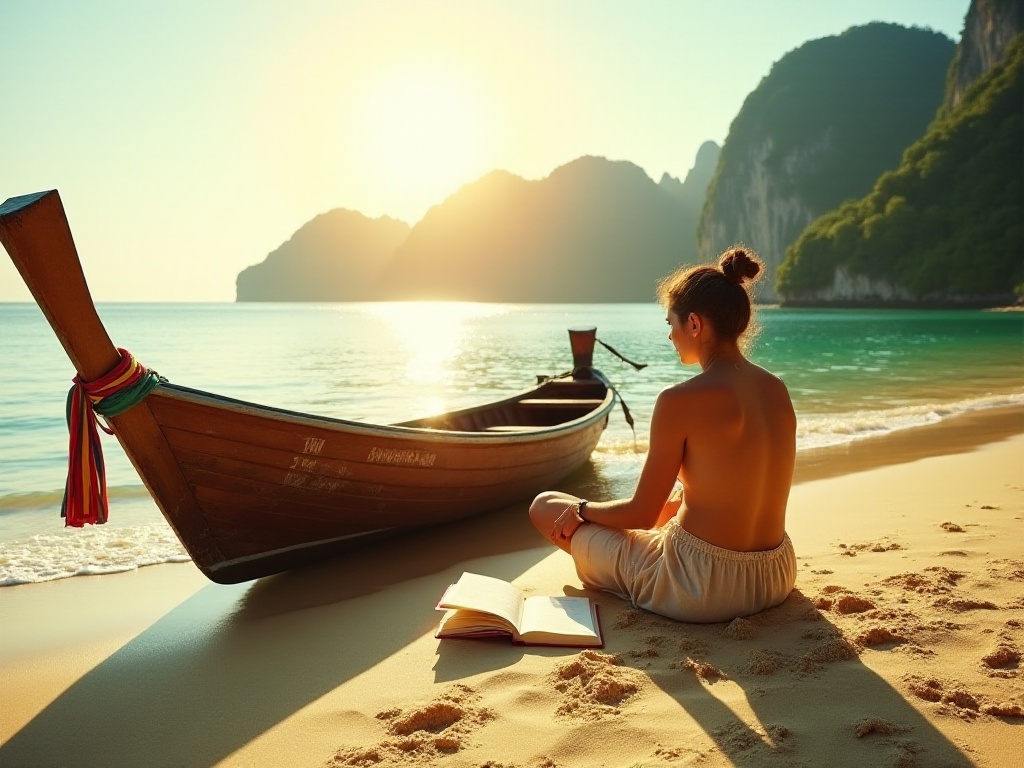
In Thailand, 1000 RMB can get you a more comfortable life than in China. In Chiang Mai, for example, a clean and comfortable hostel bed costs only 50-80 yuan per night, an authentic Tom Yum Kung is just 20-30 yuan, and with a few dozen yuan for tuk-tuk rides, basic daily expenses are around 200 yuan.
For my 45-day trip, I spent a total of 15,000 yuan including flights. You read that right - averaging just 330 yuan per day. This is definitely economical among global mainstream travel destinations.
Regarding specific expense breakdown: round-trip flights were about 3000 yuan, accommodation totaled 4500 yuan (mostly hostels, occasionally small hotels), daily meals about 3000 yuan, transportation 2000 yuan, and the remaining 2500 yuan for attraction tickets, shopping, and miscellaneous expenses.
My accommodation strategy was to choose conveniently located hostels, saving money while meeting friends from around the world. Sometimes when meeting nice travel companions, we would split the cost of a double room, enjoying private space without spending too much.
For food, I mainly ate at local shops and night markets. Not only were prices reasonable, but I could taste the most authentic Thai cuisine. Breakfast was usually at the hostel, as many provide free simple breakfasts. Lunch might be at street-side shops, while dinner would be feasting at night markets.
Transportation costs were mainly for inter-city travel. Thailand's long-distance buses and trains are cheap and quite comfortable. For city transportation, I usually used Grab or local public transport, occasionally sharing rides with other backpackers.
To control my budget, I recorded daily expenses. This helped me better plan the rest of my trip and gave me a clearer understanding of Thai prices. For instance, I found that costs in Chiang Mai were about 30% lower than in Phuket, allowing me to better adjust budget allocation between different cities.
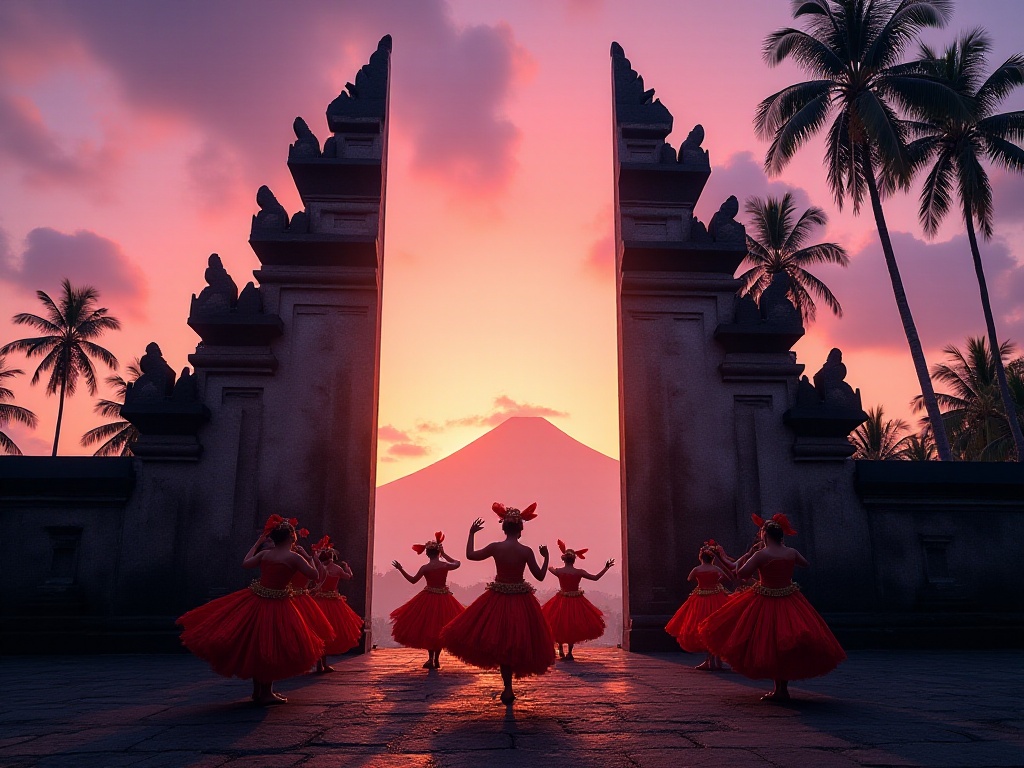
Chiang Mai is my favorite city, bar none. I remember my first night, walking through Nimman Road's night market, the air filled with the fragrance of lemongrass and curry. An elderly lady was making coconut ice cream, her smile so warm it made me forget I was a foreigner.
Upon arriving in Chiang Mai, I chose a hostel in the Old City. The location was perfect, within walking distance of most famous temples. The hostel owner, a friendly Thai uncle, not only recommended many local-only spots but also taught us how to enjoy Thai food in the most authentic way.
During the day, you can find inner peace at century-old temples in the Old City, and at night enjoy food and massages at the night market. Imagine getting an hour of authentic Thai massage for just 100 yuan - unthinkable in China.
In Chiang Mai, my days were always full. I'd wake up at seven, visiting temples while it was still cool. Chiang Mai has over 300 temples, each with its unique history and architectural style. My favorite is Wat Chedi Luang, an ancient temple built in the 14th century that has witnessed Chiang Mai's historical changes. Standing before the golden pagoda, it's as if you can hear monks chanting from centuries ago.
At noon, I usually found a café to rest and escape the heat. Chiang Mai's coffee culture is quite developed, especially around Nimman Road, which is filled with uniquely styled cafés. My favorite was "Ristr8to," where their latte art is exceptional and their baristas have won multiple world championships.
Afternoon activities usually involved special experiences. Sometimes it was cooking classes, learning to make Tom Yum soup and Thai curry; sometimes visiting craft workshops to learn about traditional umbrella making; or going to Doi Suthep to overlook the entire city.
Nights are when Chiang Mai is most lively. Weekend night markets are packed with people, food stalls emitting tempting aromas. My favorite was "Sai Oua," a Chiang Mai sausage seasoned with lemongrass and curry, uniquely delicious. When tired, I'd find a roadside stall, order an ice-cold beer, and soak in the night market atmosphere.
During my time in Chiang Mai, I met many interesting friends. There was a Korean photographer specializing in Thai Buddhist culture; a retired Australian teacher spending a year touring Asia; and Chinese backpackers from all over the country, sharing travel experiences and stories.
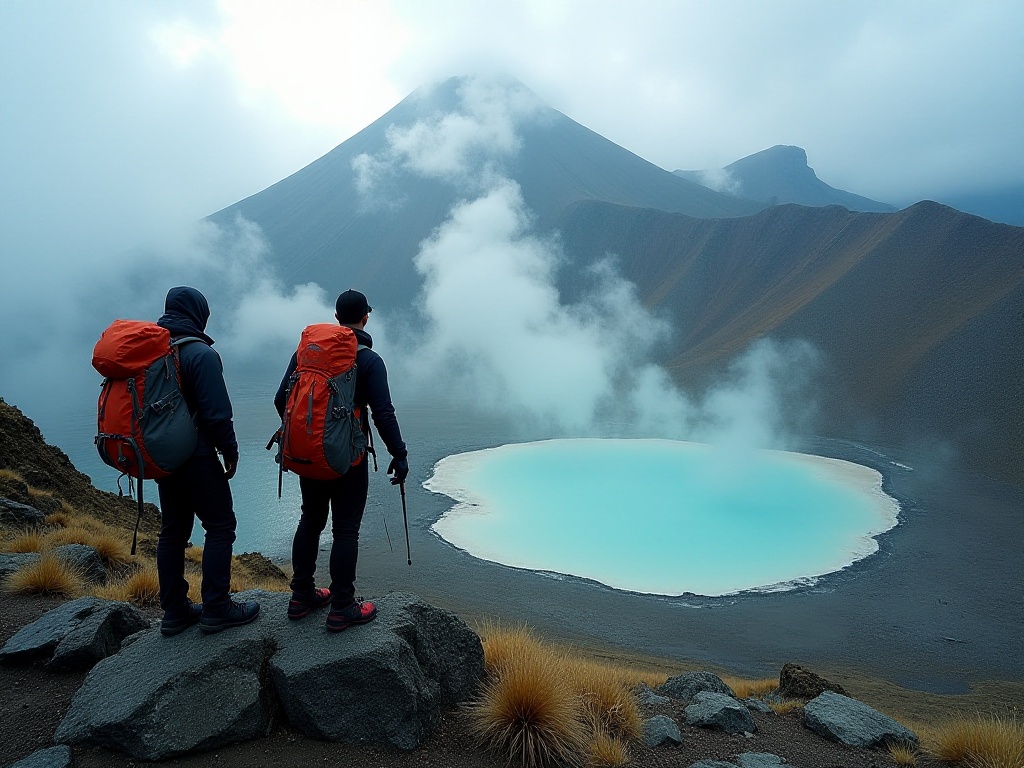
North from Chiang Mai, I arrived in Chiang Rai. Here stands the famous White Temple, a building that seems to have walked out of a fairy tale. Did you know? This temple was designed by Thai artist Chalermchai Kositpipat, who spent nearly 20 years completing this work.
Chiang Rai gave me a first impression of peace and tranquility. Compared to Chiang Mai's bustling atmosphere, the pace here is much slower. I chose a small guesthouse by the river, with a balcony overlooking the Mekong River, where I could watch fishermen casting nets every morning.
The White Temple's architectural style is unique, completely overturning my understanding of traditional Buddhist architecture. The pure white exterior symbolizes Buddha's purity, with mirror decorations reflecting sunlight, making the entire building seem to glow. The murals inside the temple are even more amazing, with the artist incorporating modern elements into traditional Buddhist stories, creating unique visual effects.
Besides the White Temple, Chiang Rai has a lesser-known Blue Temple. Unlike the White Temple's solemn majesty, the Blue Temple gives a dreamlike feeling. The entire building uses varying shades of blue, shimmering in the sunlight. It's said the designer chose blue to express respect for Buddha, as blue symbolizes purity and wisdom in Thai culture.
In Chiang Rai, I also joined a trekking group to visit nearby hill tribes. The guide was a young man from the Akha tribe, who took us to visit his village and shared many stories about tribal culture and traditions. In the evening, we shared food, sang and danced around the village bonfire - this authentic experience deeply fascinated me.
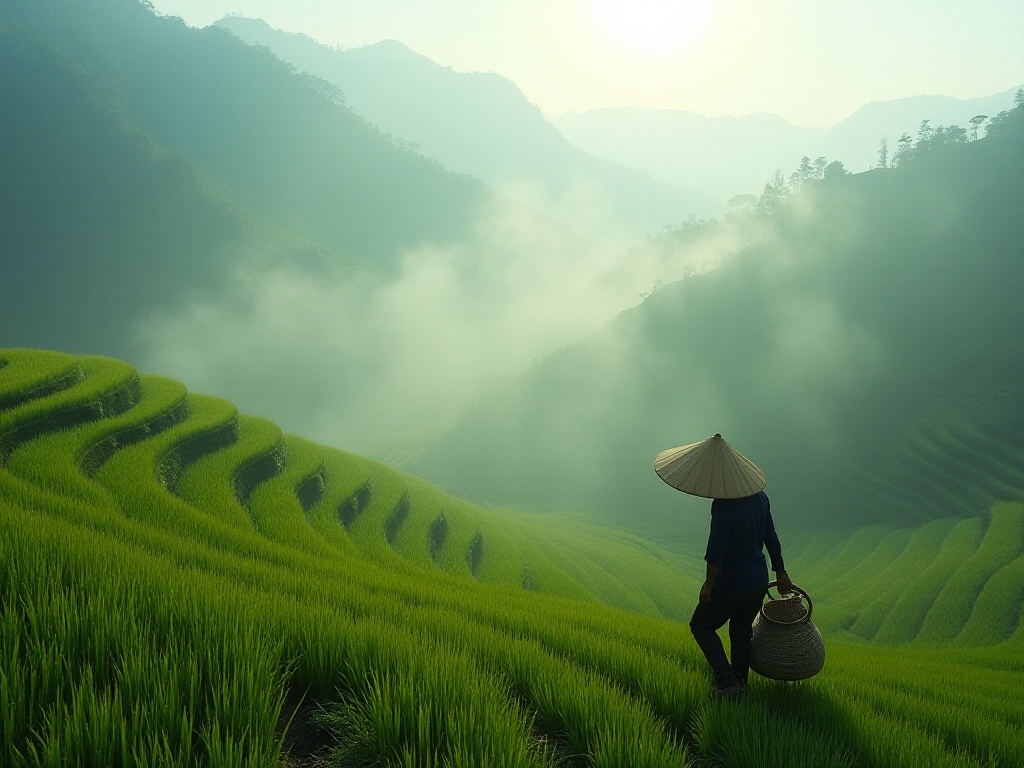
Arriving in southern Phuket, the rhythm here is completely different. Clear waters, white sand beaches, colorful sunsets, and coconut trees everywhere. I took a diving course here, with a handsome French instructor.
Life in Phuket is so leisurely. Every morning, I would jog on the beach, watching the sun rise from the horizon to start a new day. Often seeing people doing yoga on the beach, I would spontaneously join their practice.
I chose to stay near Kata Beach, which is much quieter than Patong Beach. The guesthouse location was great, just a five-minute walk to the beach. Though the room was simple, it had air conditioning and hot water - quite comfortable for a backpacker.
Diving was my most unforgettable experience in Phuket. The four-day beginner course made me fall completely in love with this sport. The feeling of first diving underwater was especially magical - the world suddenly becoming quiet, with only the sound of your own breathing. Watching the colorful corals and tropical fish felt like being in another world.
Besides diving, I joined a sunset sailing trip. On the boat, I met a couple from Shanghai who had been touring Southeast Asia for three months. We enjoyed the sunset while sharing our travel stories. When the sky turned pink and the sea reflected the sunset's glow, the scene was breathtaking.
At Phuket's night markets, I discovered many interesting snacks. My favorite was "Moo Ping," grilled pork skewers that were tender and juicy, perfect with the special spicy sauce. There was also fresh coconut ice cream served in coconut shells - both eco-friendly and delicious.
To navigate Thailand effectively, you must know these tips. First is transportation - I strongly recommend using Grab, Southeast Asia's version of Didi. Prices are transparent, so you don't need to worry about being overcharged.
Second is accommodation - I usually choose hostels rated above 8.5. The hostel I stayed at in Chiang Mai offered free fruit in the morning and terrace movies at night. Most importantly, I met many like-minded friends there.
When choosing accommodation, besides ratings, I pay special attention to: convenient location, free WiFi availability, presence of a communal kitchen, and whether beds have individual outlets and reading lights. These details all affect the staying experience.
Regarding food safety, don't worry too much about street stalls. My experience is to look at customer flow - stalls with locals queuing are usually fine. However, it's still recommended to carry some common medicines just in case.
Thailand's weather is hot, so sun protection is especially important. I always carry sunscreen, sunglasses, and a sun hat. Also, dress appropriately when visiting temples - best to prepare long pants and clothing that covers your shoulders.
Regarding communication, although many Thais don't speak English, they're all very friendly. Learning some simple Thai greetings will make locals even more welcoming. I often use "Sawadika" (hello) and "Khob Khun" (thank you), always receiving warm smiles in return.
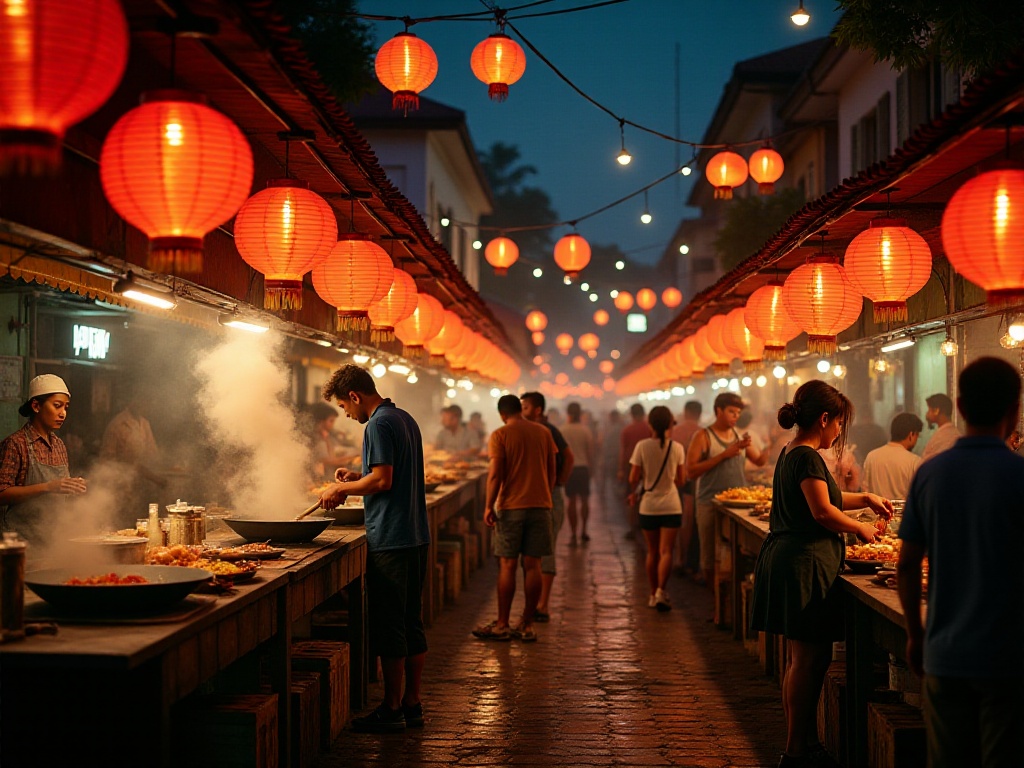
These 45 days not only showed me different scenery but gave me new insights into life. In Thailand, I learned to slow down and enjoy the present. Watching Buddhist monks calmly collecting alms, I suddenly understood the meaning of contentment.
I remember one day meeting an elderly German couple in a Chiang Mai café. They had been traveling the world for two whole years. Listening to their stories from various countries made me realize that travel's most precious aspects aren't how many attractions you visit, but the people you meet and stories you encounter along the way.
This trip also gave me deeper self-understanding. Being alone in a foreign country, needing to independently handle various unexpected situations, made me more confident and mature. I remember getting lost in Phuket once - phone dead, unable to speak Thai, but eventually making it back to my accommodation through simple body language and help from kind locals.
In Thailand's temples, I learned meditation. Every morning, I would find a quiet corner to silently feel my breath, letting chaotic thoughts gradually calm down. This habit continues today, helping me maintain inner peace in busy life.
The biggest gain might be a new understanding of "simplicity." In Thailand, many people live simply yet happily. They don't pursue material accumulation but focus more on present happiness. This made me reflect on whether we're often troubled by too many unnecessary desires.
This Thailand trip gave me courage to continue exploring the world. Next, I plan to start new adventures in Vietnam. If you also want to backpack in Thailand, welcome to exchange experiences in the comments. After all, sharing is one of the most beautiful things about travel.
Did you know? According to latest data, young Chinese choosing backpacking travel increased by 40% in 2024 compared to last year. Perhaps you'll be the next backpacker starting their journey. So, prepare your backpack, and let's meet on the road.
Travel changed my perception of the world and how I view life. It taught me that life isn't just about 9-to-5 work, but also about poetry and distant places. Everyone has an inner backpacker, just needing some courage to set out.
So, if you're hesitating about starting your own backpacking journey, my advice is: go for it! You might face difficulties and feel lonely along the way, but these are necessary parts of growth. When you look back on this journey, you'll surely find it's one of your life's most beautiful memories.
Let's find our own stories in our journeys, writing brilliant life chapters in foreign lands. Looking forward to unexpectedly meeting you in some corner of the world.
 Previous
Previous
